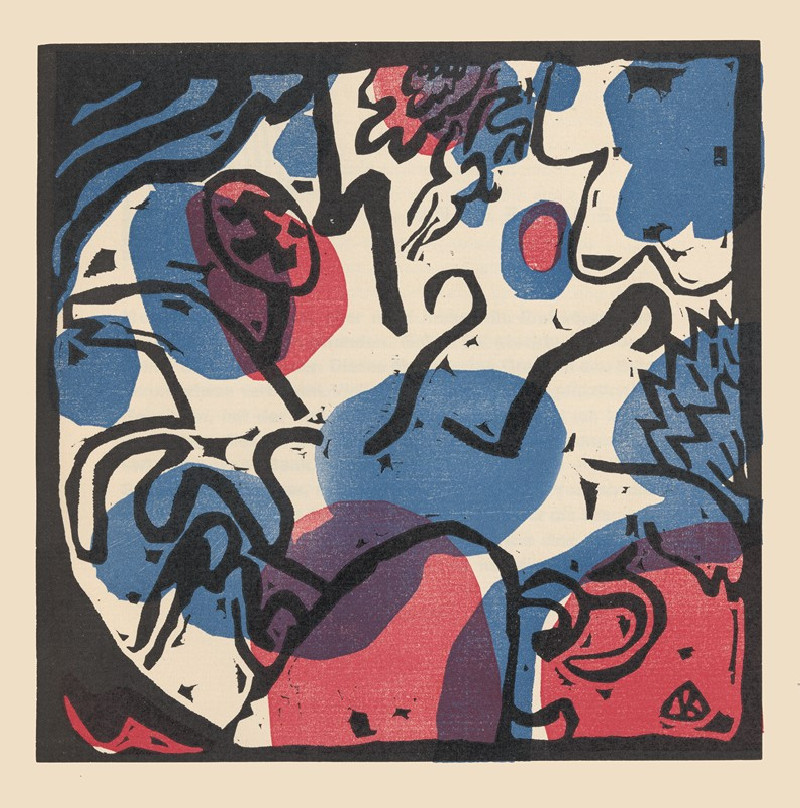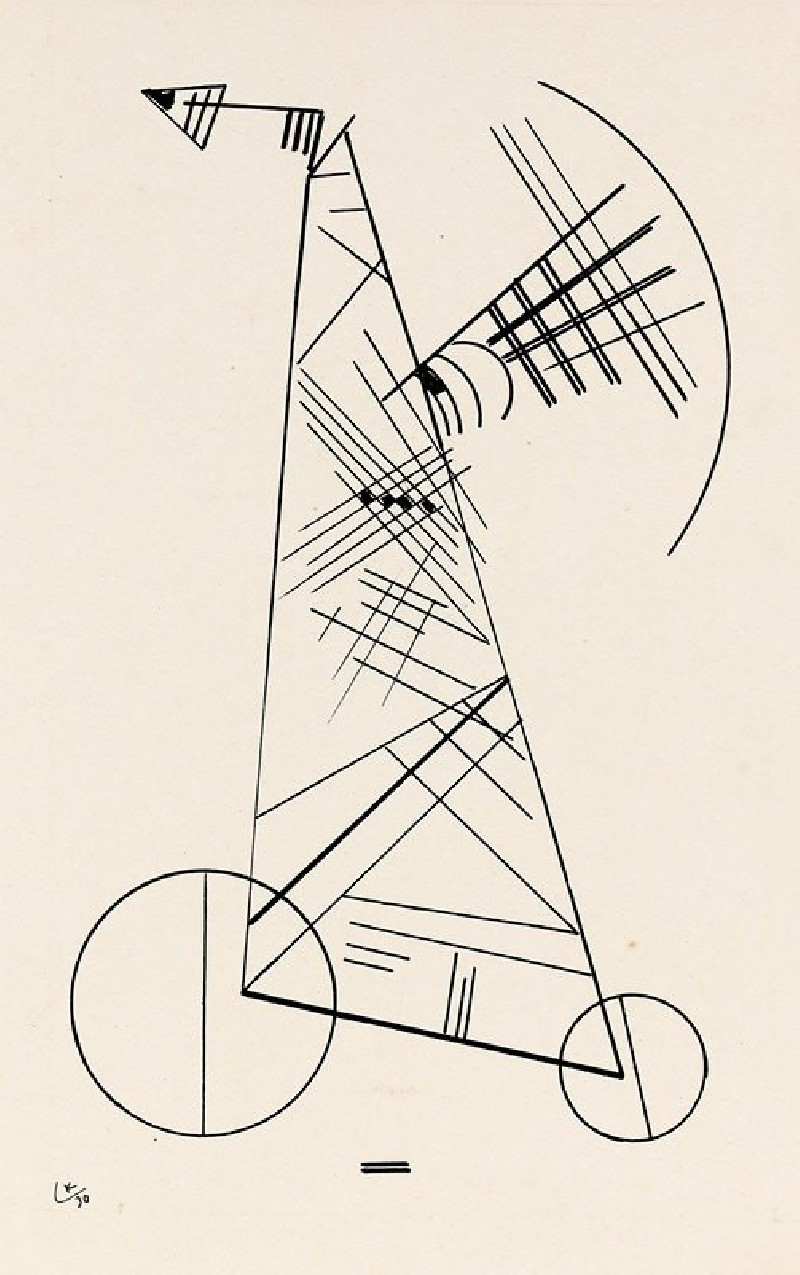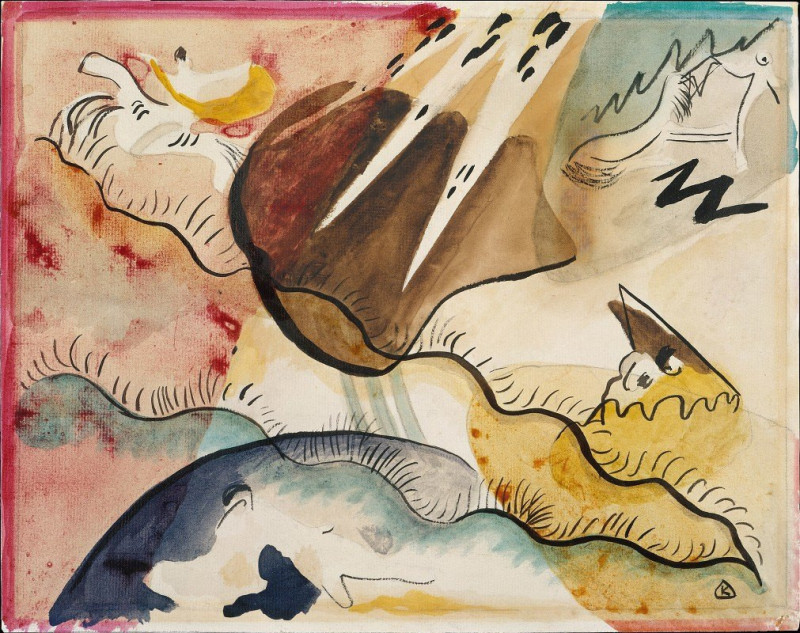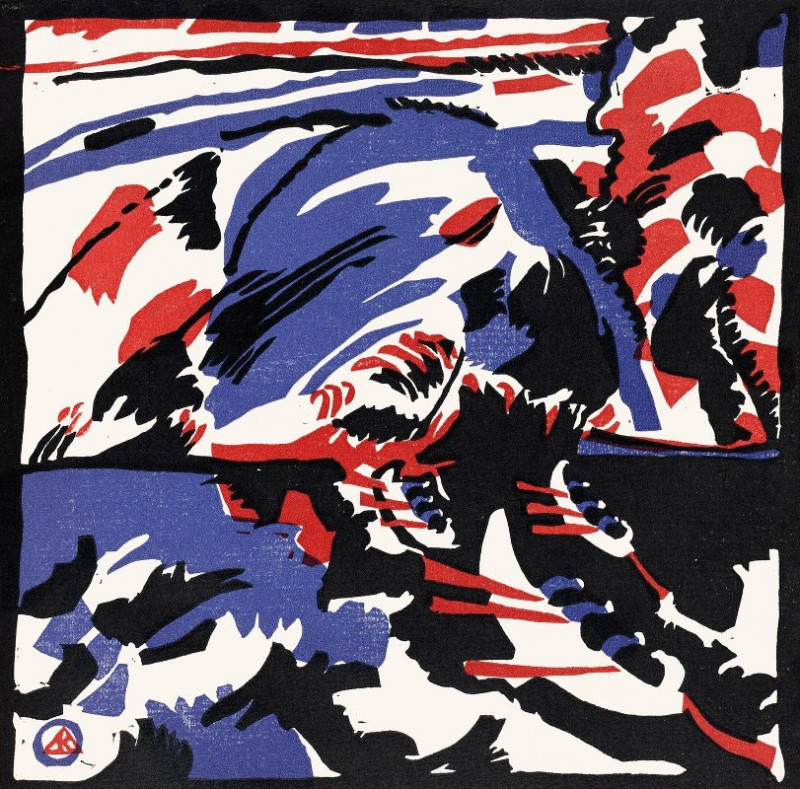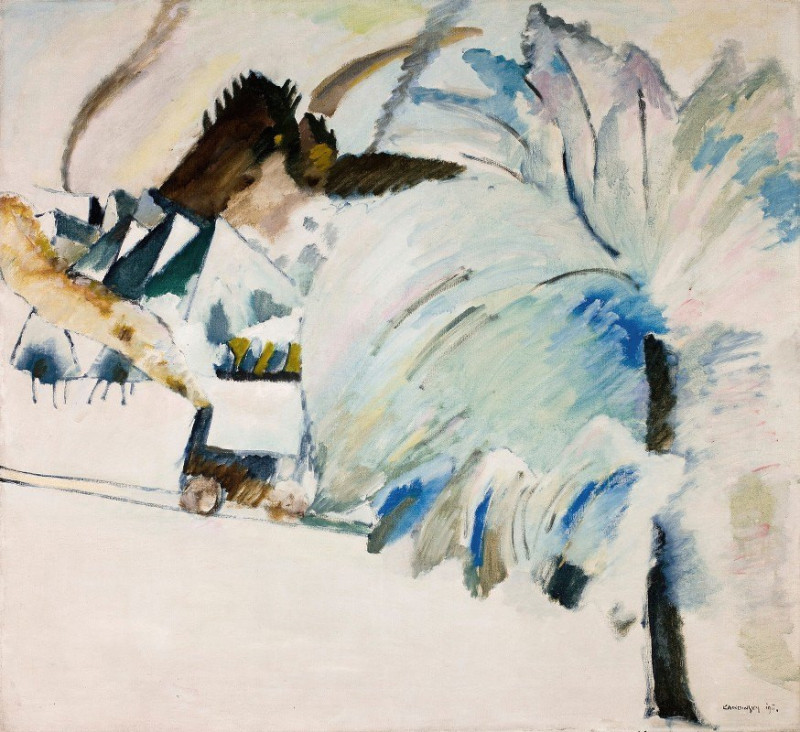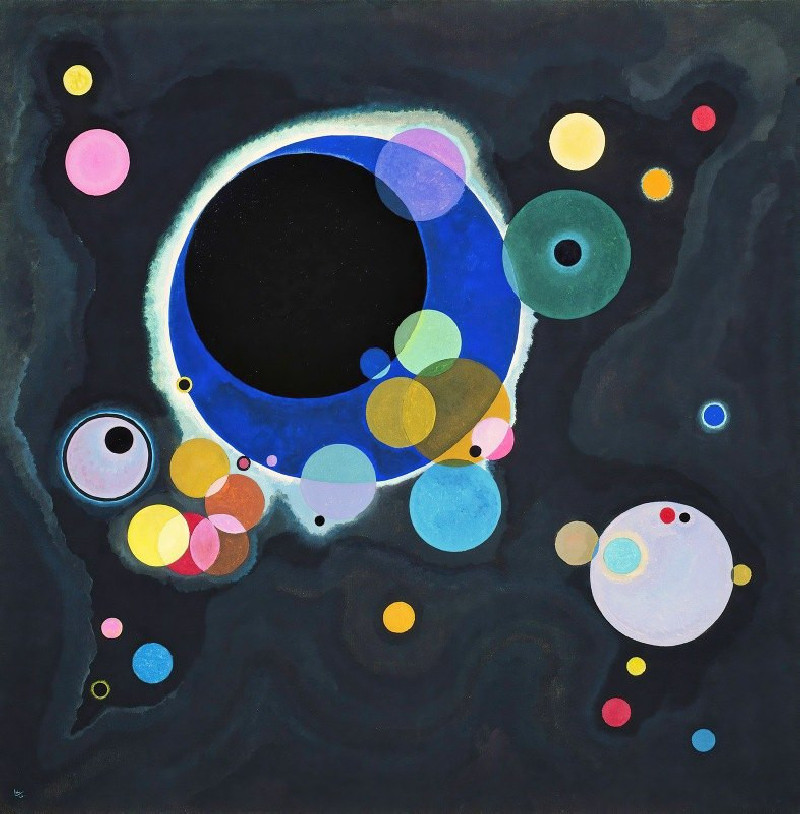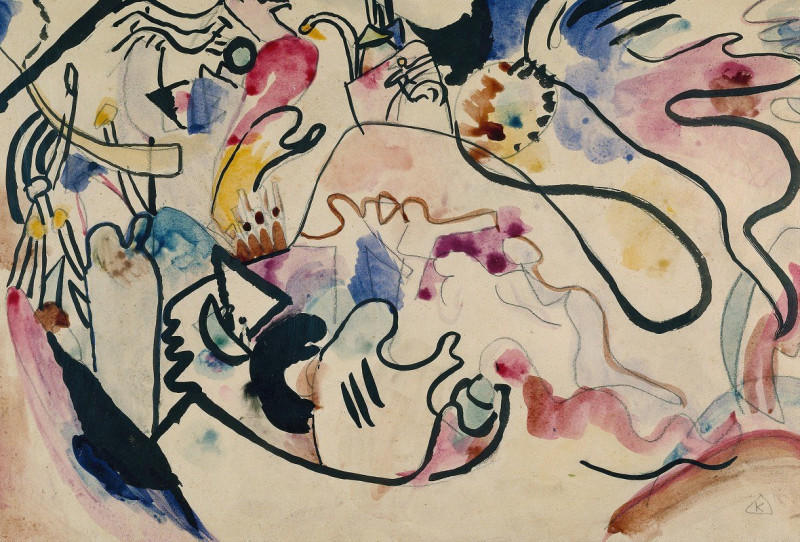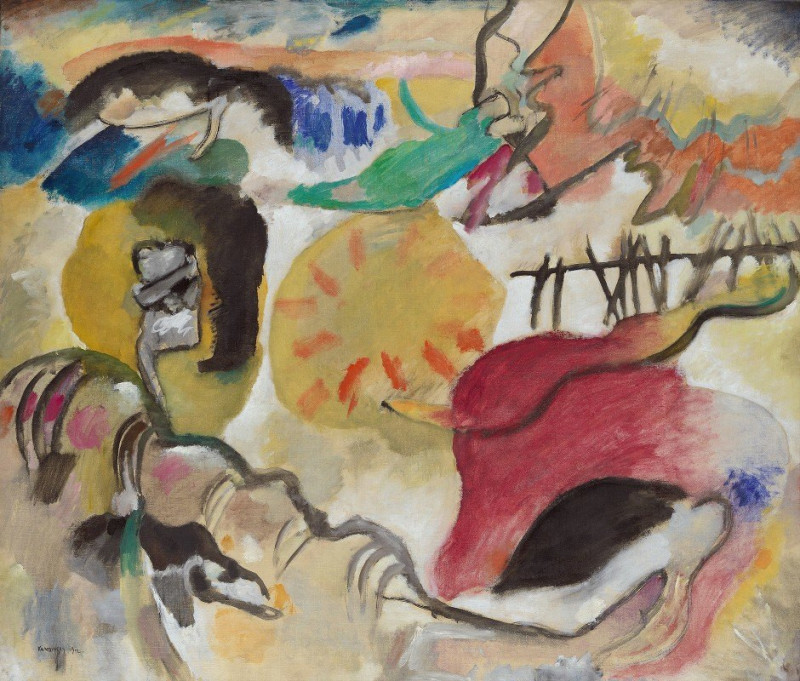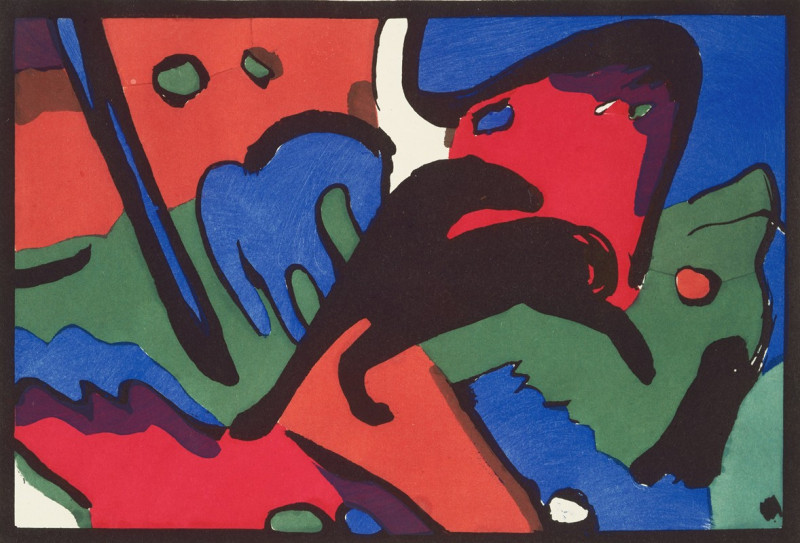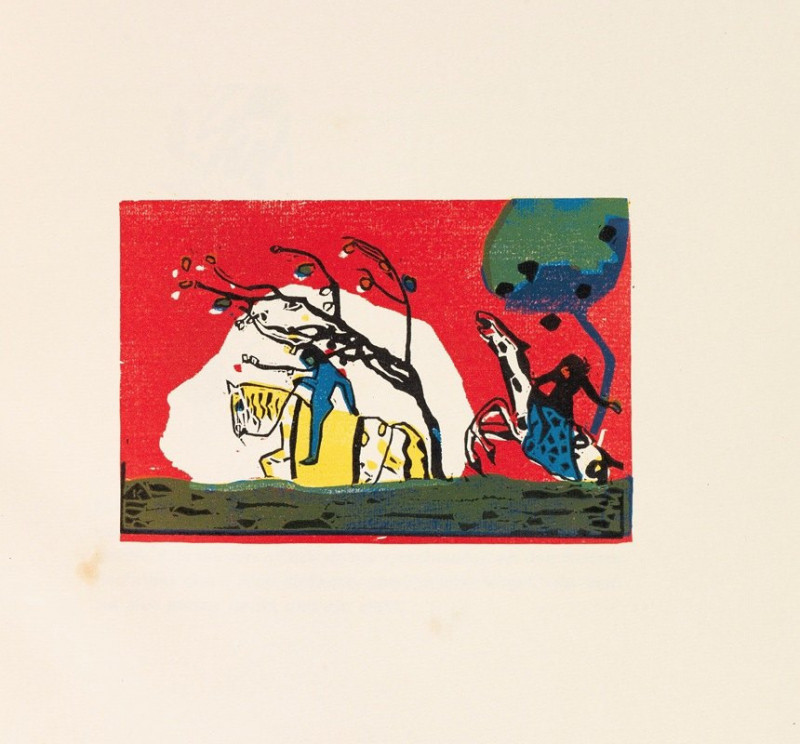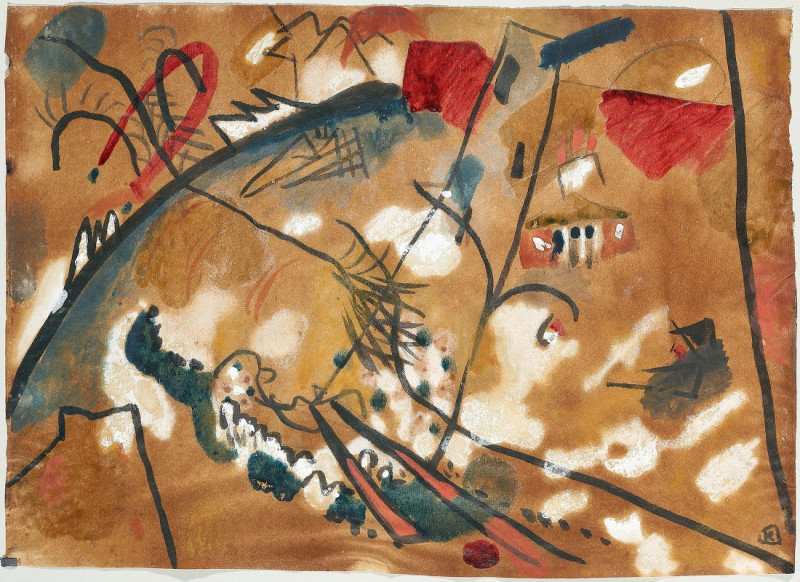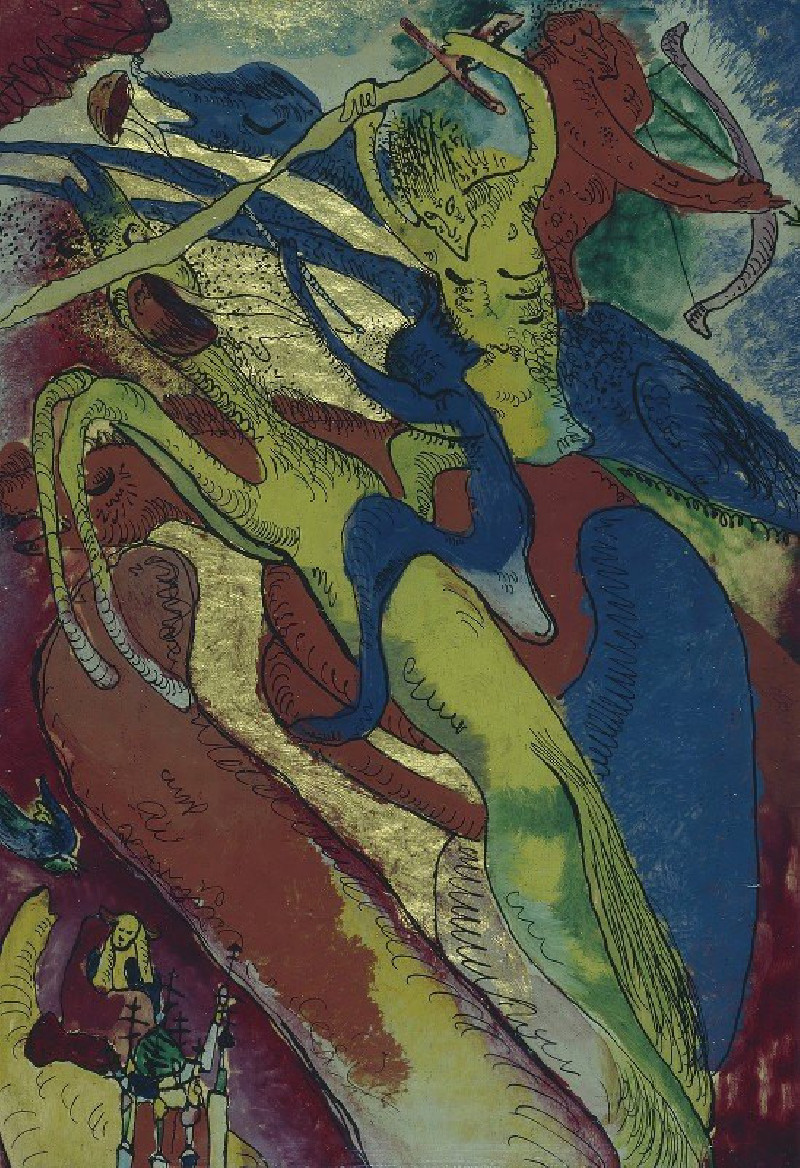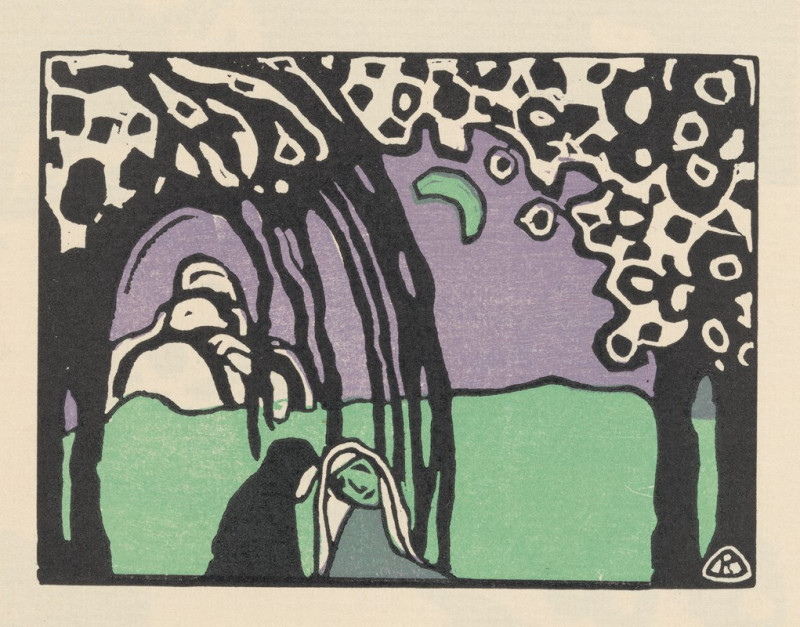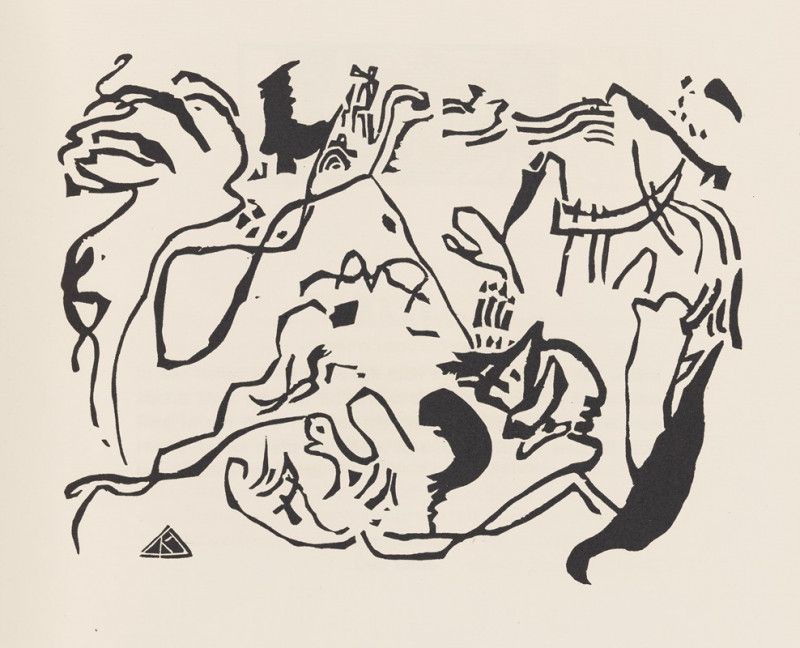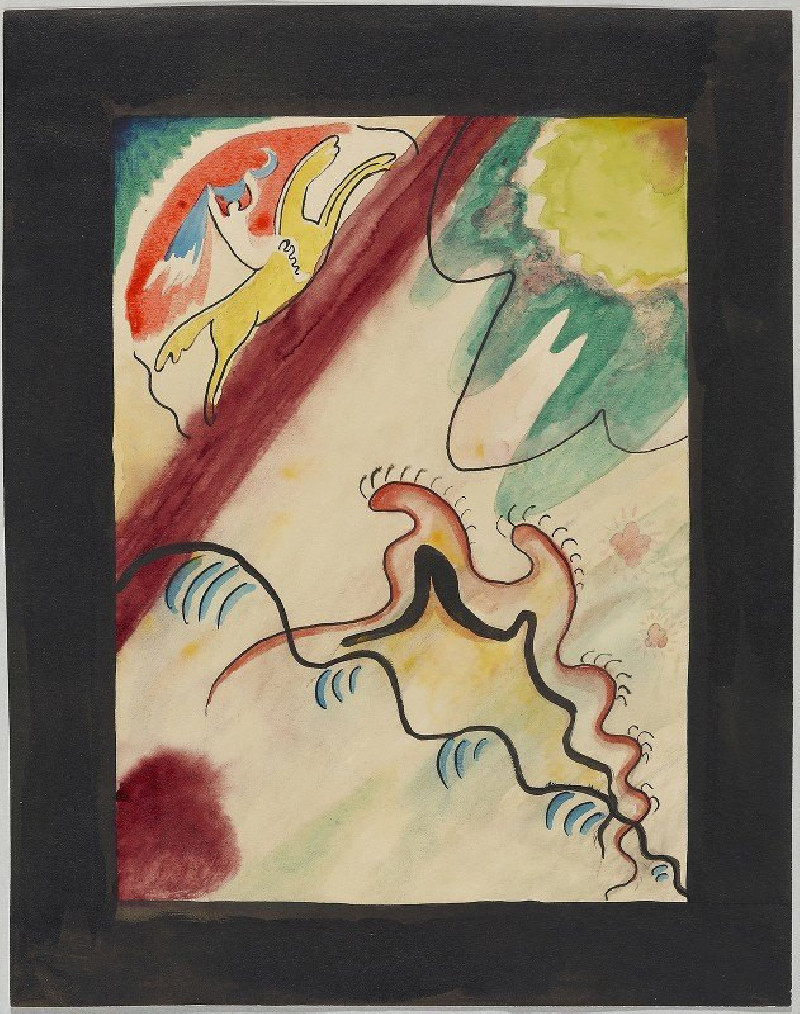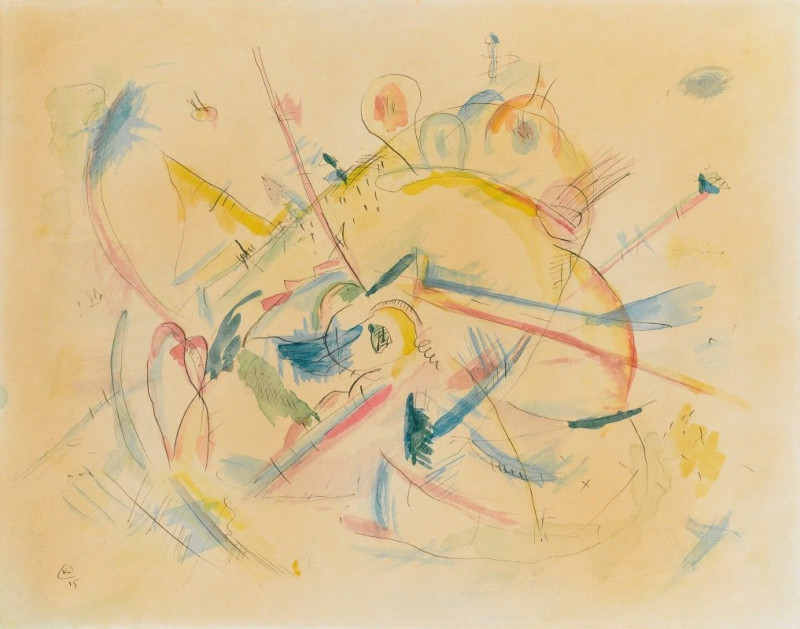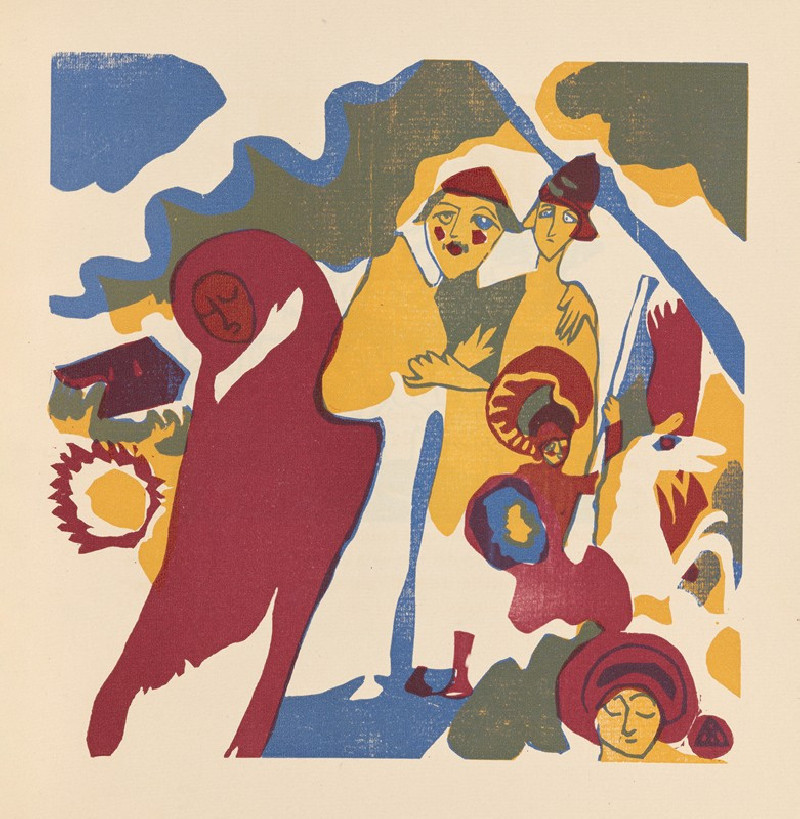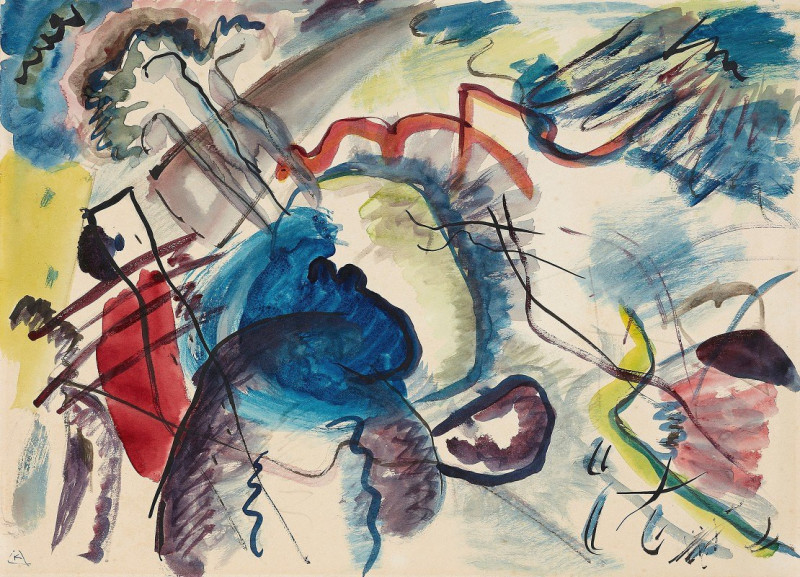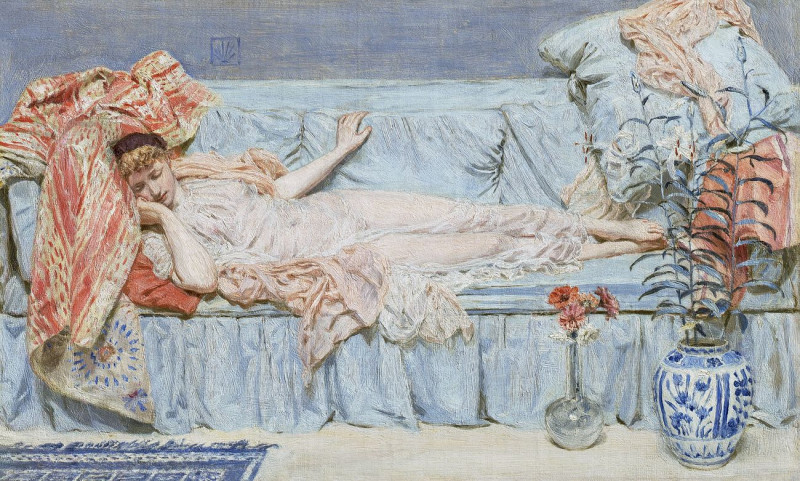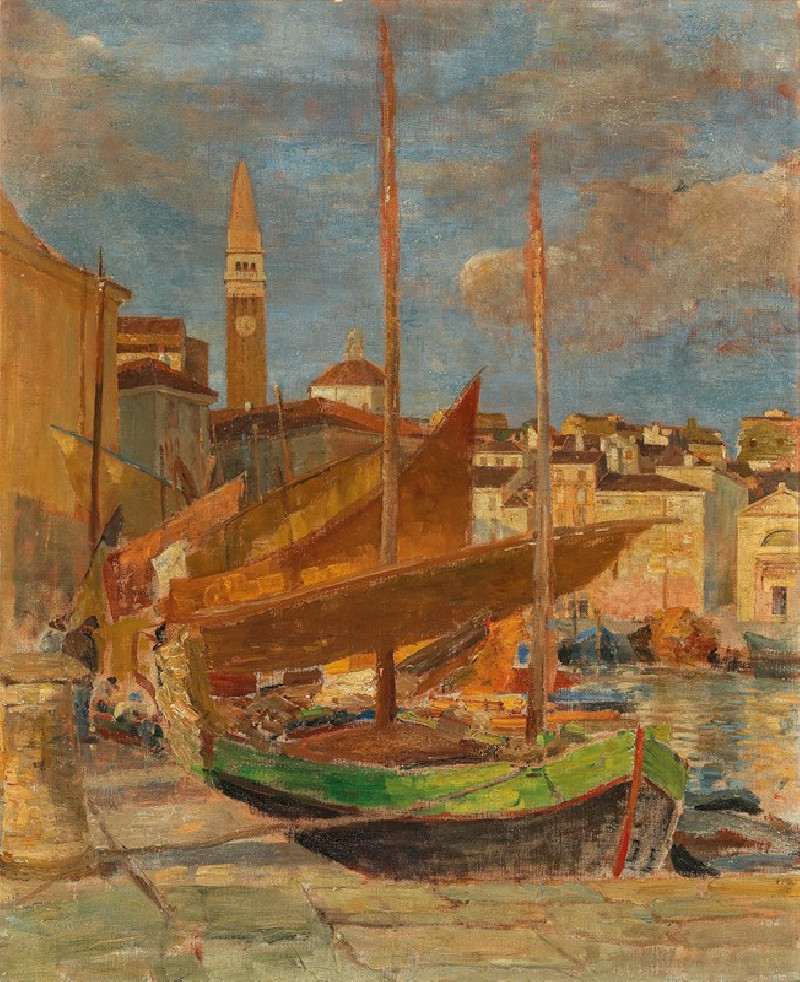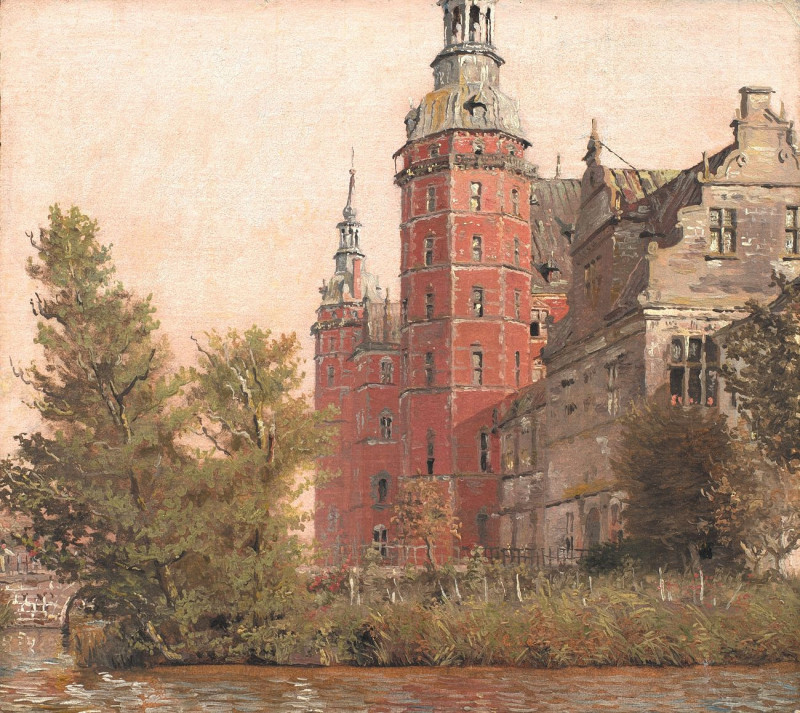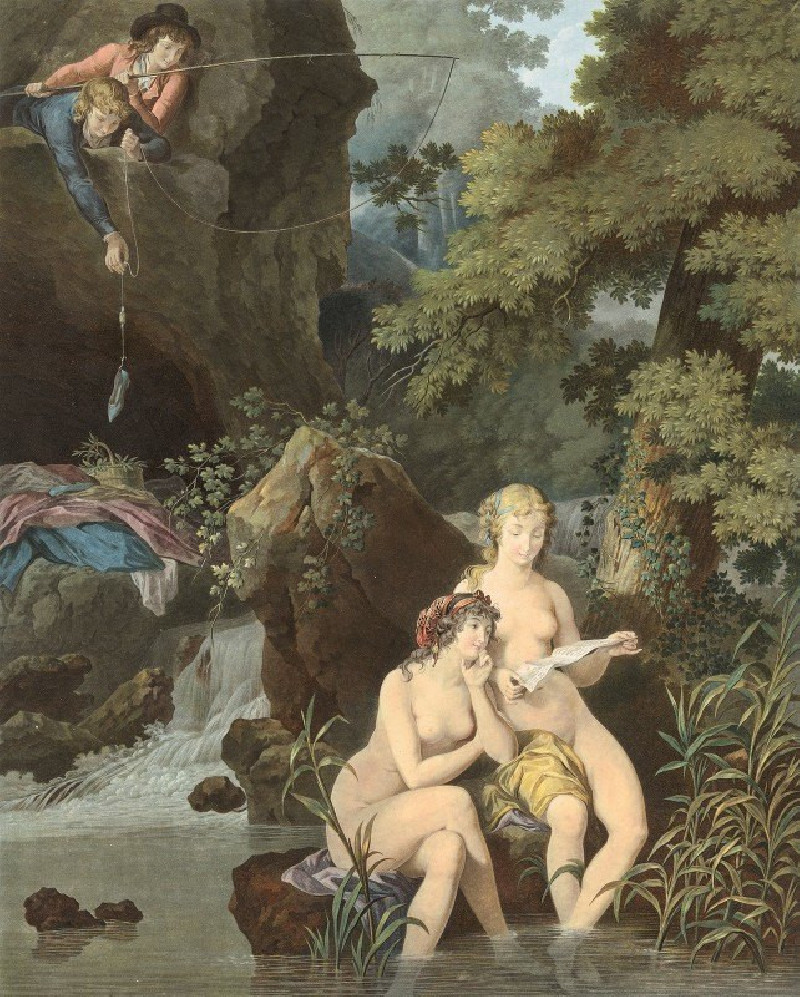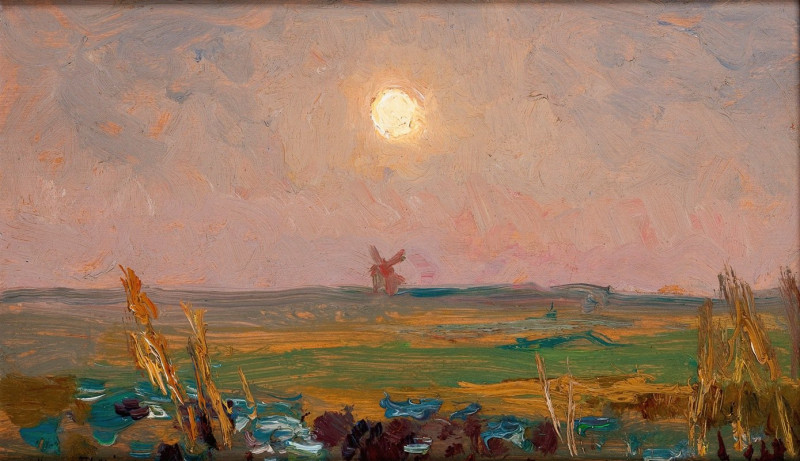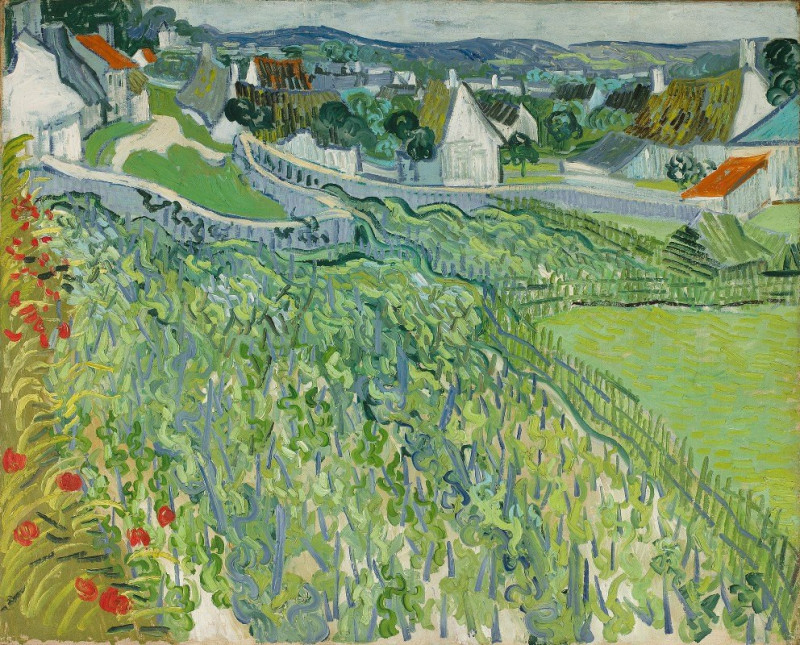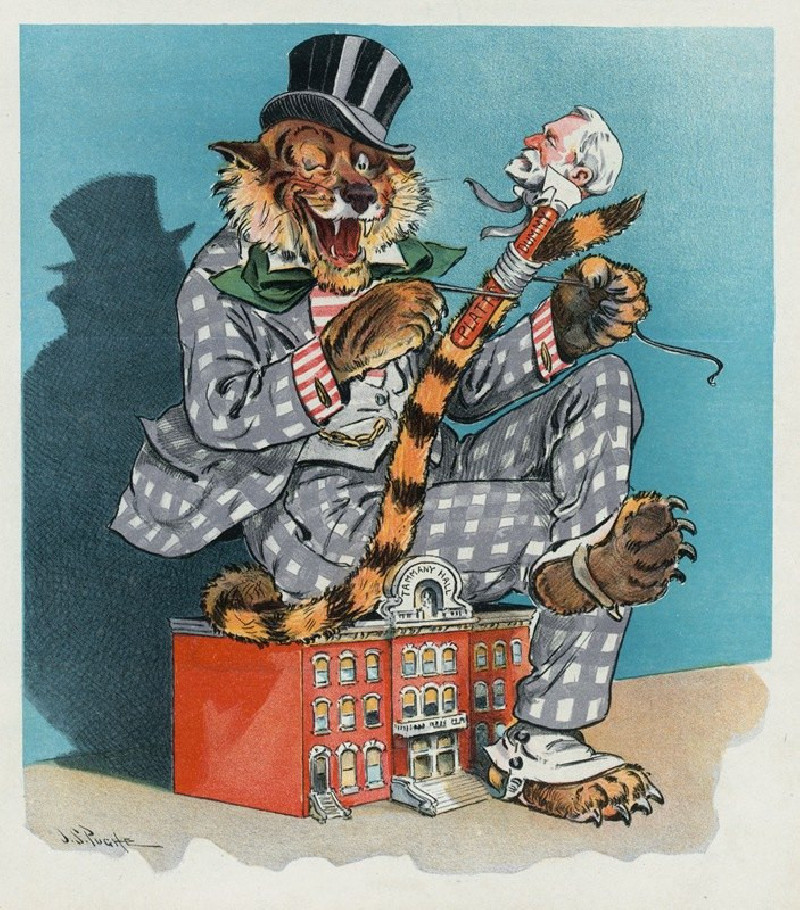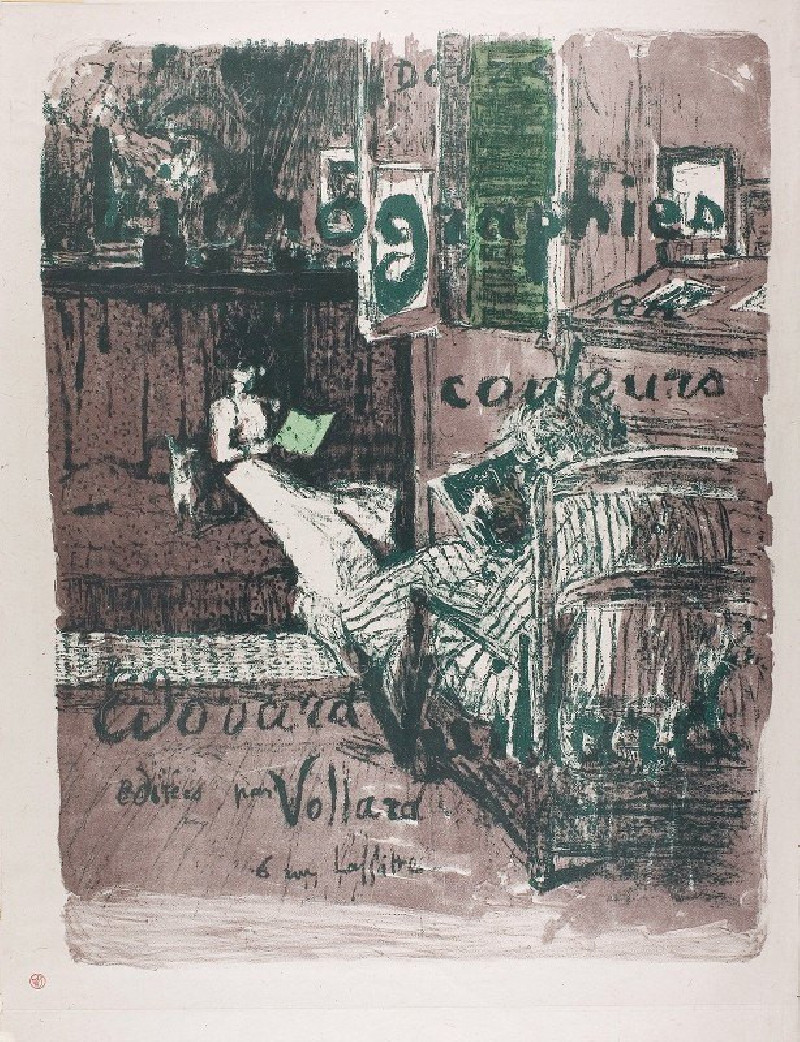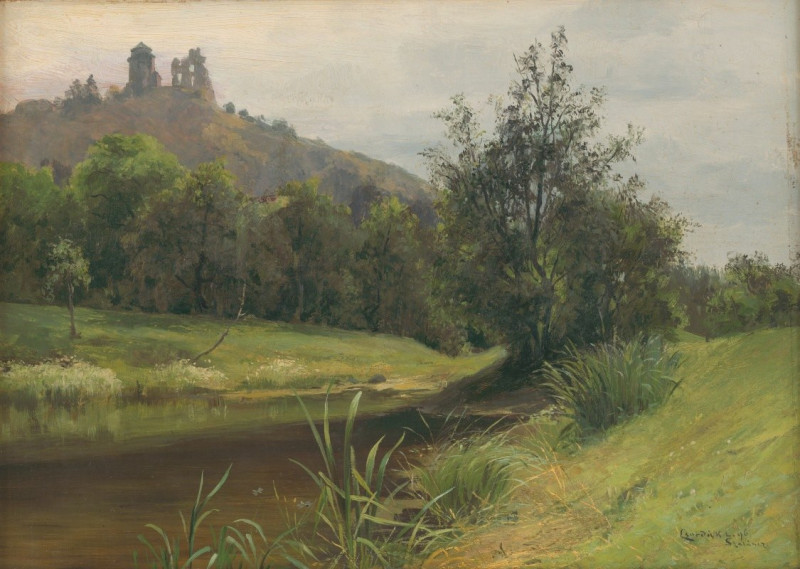Klänge Pl.15 (1913)
Technique: Giclée quality print
Recommended by our customers
More about this artwork
"Klänge Pl.15" by Wassily Kandinsky, created in 1913, is a compelling piece that showcases the artist's transition towards abstraction and his exploration of color and form to convey emotions and sounds. This work is part of a larger series, "Klänge" (Sounds), where Kandinsky uses abstract shapes and vibrant colors to represent the visual manifestation of sounds and the artist's inner spiritual experiences.In this particular painting, we observe a dynamic interaction of colors and forms. The primary colors used here—red, blue, and black, along with shades of pink and beige—create a palette that both contrasts and harmonizes. Kandinsky was known for his theoretical writings on color, which he believed could provoke specific psychic vibrations in the viewer.The composition is a lively amalgamation of abstract shapes and lines. Swirling forms and jagged edges might suggest movement and energy, reminiscent of musical rhythms or the dynamic flux of sounds. Each element seems to float independently yet contributes to a cohesive whole, suggesting a kind of visual symphony. The forms do not directly depict objects from the real world but rather evoke a sense of non-objective expressionism that Kandinsky was pioneering at the time.Kandinsky's work is often interpreted as an attempt to achieve a synthesis of different senses—a theory he termed as "synesthesia", where the stimulation of one sensory or cognitive pathway leads to involuntary experiences in a second sensory or cognitive pathway.
Delivery
Returns
Wassily Wassilyevich Kandinsky was a Russian painter and art theorist. Kandinsky is generally credited as the pioneer of abstract art. Born in Moscow, Kandinsky spent his childhood in Odessa, where he graduated at Grekov Odessa Art school. He enrolled at the University of Moscow, studying law and economics. Successful in his profession—he was offered a professorship (chair of Roman Law) at the University of Dorpat today Tartu, Estonia)—Kandinsky began painting studies (life-drawing, sketching and anatomy) at the age of 30.

